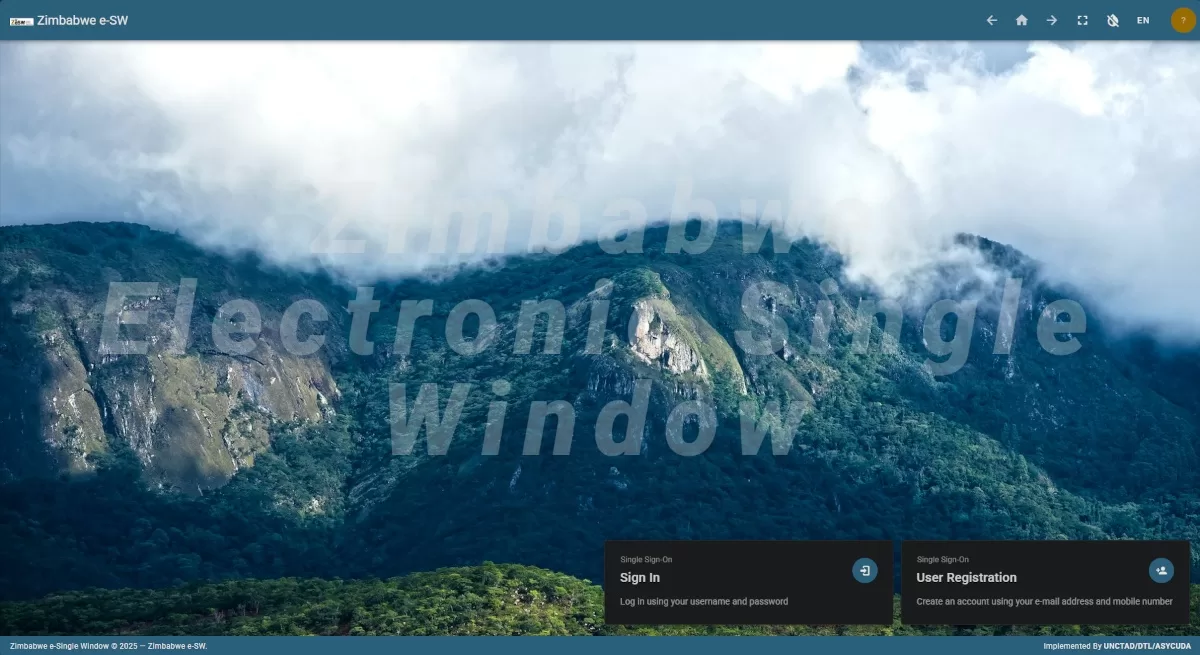The Zimbabwe Revenue Authority (ZIMRA) has announced that it will stop accepting manual COMESA Certificates of Origin from 1 August 2025. From that date, all applications must be submitted through Zimbabwe’s Electronic Single Window (ZeSW) system, as Zimbabwe will only issue COMESA Certificates of Origin online.
This is part of a push by COMESA to digitise trade documentation across member countries. The idea is simple, make trade faster, cheaper, and more transparent. But as with most digital rollouts in Zimbabwe, getting it to actually work is the real challenge.
What’s a Certificate of Origin
If you’re an exporter within COMESA, the Common Market for Eastern and Southern Africa, you probably know that the Certificate of Origin is the golden ticket that allows your goods to move tariff-free or at reduced rates across member countries.
It proves that your goods were produced or processed in Zimbabwe and qualify under COMESA rules for preferential treatment. Until now, this was done manually; paper forms, stamps, signatures, all that.
But from 1 August 2025, that process goes fully digital. ZIMRA will no longer accept paper certificates. Exporters will have to apply online, get approval online, and receive the digital certificate via the ZeSW platform.
Zimbabwe joins the regional movement
COMESA has been moving toward digitisation for a while now, under its Digital Free Trade Area (DFTA) initiative. Countries like Eswatini, Malawi, and Zambia have already adopted the COMESA Electronic Certificate of Origin (e-CoO), and Zimbabwe is now joining the pack.
In fact, if you can believe it, apparently Zimbabwe has been praised for taking a leading role in recent COMESA meetings.
The Commissioner of Customs and Excise from ZIMRA chaired a June 2025 workshop in Lusaka, where officials confirmed they were still chasing the goal of full regional rollout by 2026.
An impact study from 2024 showed digital certification reduced processing times and cut costs for both businesses and customs. You know, as it usually is when cumbersome processes are digitised.
Why this matters
Digitising the certificate process has many benefits:
- Faster approvals: No more waiting for manual stamps and signatures.
- Reduced fraud: Verification is done electronically, making it harder to forge.
- Cost savings: Less paper, fewer in-person visits, and fewer courier fees.
- Cross-border efficiency: Other COMESA members can verify certificates instantly through the regional platform.
It’s not just about exporters either. Customs agents, clearing agents, freight forwarders, and importers in other COMESA states also benefit, everyone gets quicker processes.
But first, register on ZeSW
To apply for the e-CoO, exporters need to be registered on the ZeSW platform (Zimbabwe Electronic Single Window). That’s the same platform already used for other trade documents, and now it’s integrated with COMESA’s regional e-certification system.
If you’re not registered yet, now’s the time. ZIMRA says exporters should start transitioning immediately to avoid delays when the paper system is shut down on 1 August 2025. Meaning you have about 3 days from today.
We’ve seen the chaos that happens when systems are rolled out before users are fully onboard. So take this window seriously.
Part of a bigger digitalisation process
ZIMRA has been on a digital transformation journey. Remember TaRMS, their Tax and Revenue Management System.
As of mid-2025, TaRMS registrations had surged by over 116%, according to ZIMRA. The platform has allowed taxpayers to register, file, and make payments online.
But as we’ve seen before, implementation is usually where things fall apart.
Just to show you what we’re dealing with, in a survey done by ZIMRA, only 15% of people strongly agreed that ZIMRA’s system works well and is always available when needed.
Another 28% agreed, but 11% disagreed and 4% strongly disagreed. The worrying part is that 42% didn’t take a side, they just stayed neutral, which often means they’re not impressed either.
Anyway, now with ZeSW being integrated into regional systems like COMESA’s e-CoO platform, Zimbabwe is finally catching up with other countries in the region on facilitating digital trade.
Which is good because, again, this transition doesn’t just benefit government or customs, the private sector stands to gain too, with simpler processes and fewer delays.
So yeah, this move to digital COMESA Certificates of Origin might not grab headlines, but it’s a major change for Zimbabwean exporters. If implemented well, it could shave days off the export process and make doing business across borders just a little less painful.
But as always, the devil is in the rollout. Let’s hope ZIMRA and local exporters are ready by August 2025. And with the deadline just days away, let’s hope ZIMRA,and exporters, are actually ready.



Leave a Reply